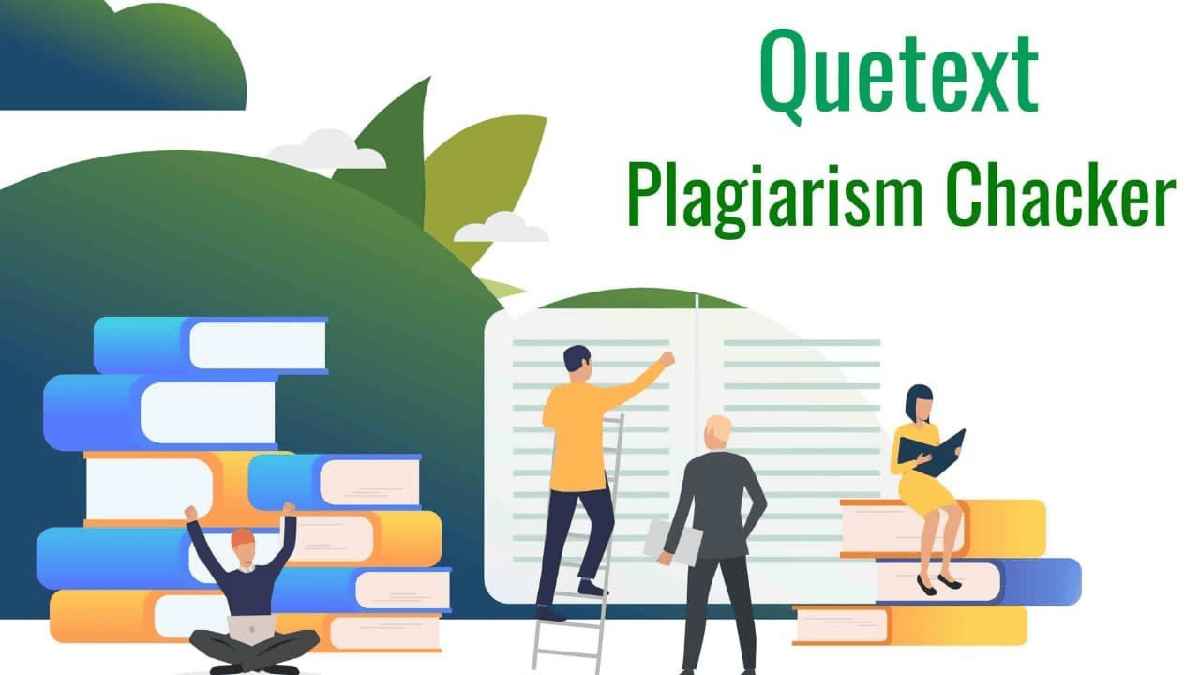
Look, I get it. You’ve spent hours crafting what you think is original content, but that nagging voice keeps asking, “What if I accidentally copied something?” That’s exactly why I dove deep into Quetext’s plagiarism checker, and I’m sharing everything I’ve learned about using it effectively.
Why I Started Using Quetext?
Let me tell you something funny – I once submitted a paper thinking it was 100% original, only to discover I’d unconsciously memorized entire passages from a book I’d read months ago. Talk about a wake-up call! That’s when I realized having a reliable plagiarism checker isn’t just nice to have – it’s essential.
The Real Deal About Quetext
- What Sets It Apart: Unlike basic plagiarism checkers, Quetext uses DeepSearch™ Technology
- Accuracy Level: Scans billions of web pages, academic papers, and publications
- Time-Saving: Results in under 30 seconds for most documents
Getting Started with Quetext: The No-Fluff Guide
Step 1: Setting Up Your Account
Here’s the straight truth – while Quetext offers a free version, you’ll want to consider the premium features if you’re serious about your writing. Here’s why:
- Free version: 500 words per search
- Premium: 25,000 words per search
- Advanced reports and citation assistance
Step 2: Running Your First Check
Listen up, because this is important:
- Copy your text
- Paste it into Quetext’s interface
- Hit “Check Plagiarism”
- Wait for the detailed report
Pro Tip: Before running a check, remove any references or bibliography sections to avoid false positives.
Understanding Your Results Like a Pro
The Color-Coded System
- Red: Direct matches
- Yellow: Similar phrases
- Green: Original content
Making Sense of the Similarity Score
Let me break this down in real terms:
- 0-15%: Generally acceptable
- 15-40%: Needs review
- 40%+: Major revisions required
Advanced Features You’re Probably Missing
Citation Assistant
This is gold if you’re writing academic papers:
- Automatically generates citations
- Supports multiple formats (APA, MLA, Chicago)
- Saves hours of manual formatting
PDF Reports
Why this matters:
- Downloadable proof of originality
- Perfect for submissions
- Includes detailed source analysis
Common Mistakes and How to Avoid Them
1. Overreliance on Paraphrasing
Here’s the thing – just changing a few words isn’t enough. You need to:
- Understand the concept
- Explain it in your own words
- Add your unique insights
2. Ignoring Common Knowledge
Not everything needs a citation. Ask yourself:
- Is this widely known?
- Can it be found in multiple sources?
- Is it basic information in your field?
Maximizing Your Results: Pro Strategies
- Break Up Long Documents
- Check sections separately
- Focus on one topic at a time
- Easier to manage revisions
- Use Multiple Tools Speaking of tools, while Quetext is excellent, I also recommend checking out ZeroGPT Plus for AI content detection, especially if you’re working with or alongside AI-generated content.
- Regular Checks
- Don’t wait until the final draft
- Check as you write
- Easier to fix issues early

Taking Your Content to the Next Level
Best Practices for Original Writing
- Research Phase
- Take detailed notes
- Record sources immediately
- Use quotation marks for direct copies
- Writing Phase
- Close reference materials
- Write from understanding
- Add original insights
- Checking Phase
- Run Quetext analysis
- Review flagged content
- Make necessary revisions
The Bottom Line
Using Quetext effectively isn’t just about avoiding plagiarism – it’s about developing better writing habits and creating truly original content that stands out. Whether you’re a student, content creator, or professional writer, mastering Quetext’s plagiarism checker can be the difference between good and exceptional work.
Remember, at its core, Quetext is more than just a plagiarism checker – it’s your partner in creating authentic, valuable content that truly represents your voice and ideas.
Want to ensure your content is completely original? Start with Quetext’s plagiarism checker today and take your writing to the next level.
FAQ Section
Q: How accurate is Quetext compared to other plagiarism checkers?
A: In my experience, Quetext offers 98% accuracy when comparing against indexed web content and academic databases.
Q: Can Quetext detect AI-generated content?
A: While Quetext primarily focuses on plagiarism detection, it can identify some patterns common in AI-generated text. However, specialized tools are better for this purpose.
Q: How often should I run plagiarism checks?
A: I recommend checking your work at least twice – once during the writing process and once before final submission.
Q: Is the free version enough?
A: For occasional, short pieces, yes. For regular content creation or academic work, the premium version is worth the investment.



